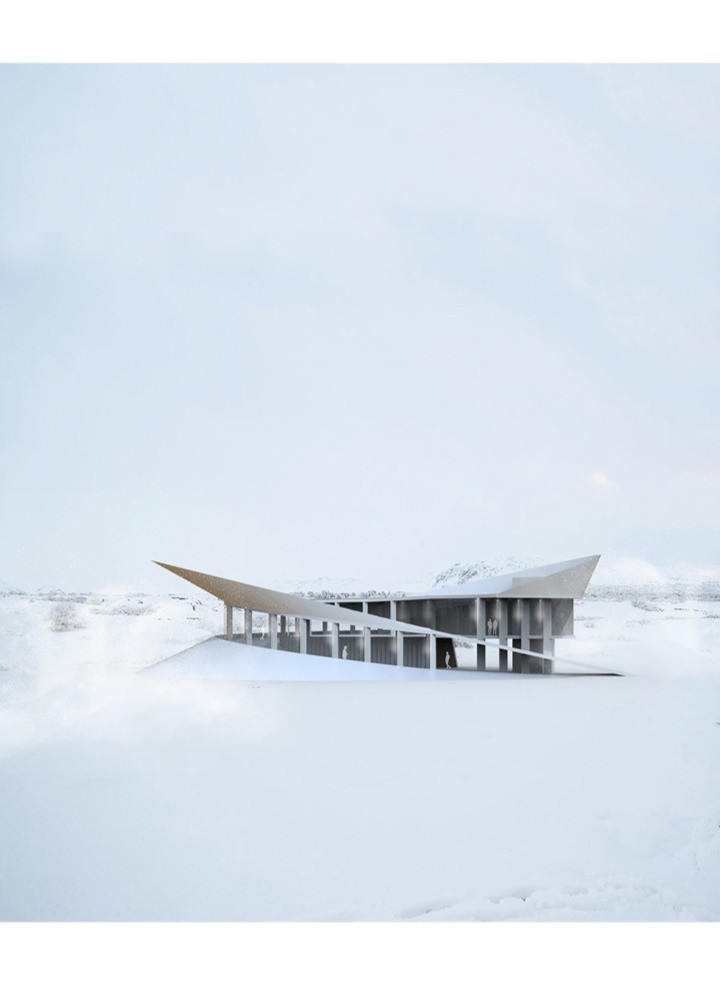5 key facts about this project
The architectural design employs a modernist language characterized by clean lines, open spaces, and a careful consideration of natural light. The facade is a blend of glass and sustainably sourced local materials, providing both transparency and warmth. This choice of materiality enhances the connection between the interior and exterior environments, inviting users to engage with the outdoor space while maintaining privacy where necessary. The use of materials such as concrete for structural elements, wood for warmth and texture, and glass for an expansive feel contributes to the project’s cohesion and reflects the current trends in sustainable architecture.
Functionality is a key aspect of the design. The layout is methodically planned to optimize space and flow, allowing for easy navigation and enhancing the overall user experience. Different zones within the building are designated according to their function, yet they interact harmoniously through thoughtfully designed sightlines and pathways. This fluidity is further accentuated by the integration of landscaped areas, which serve not just as aesthetic enhancements but also as vital green spaces that contribute to the well-being of the occupants. The foresight in accommodating communal areas underscores a growing trend in architecture that prioritizes community interaction and social connectivity.
Unique approaches in the design manifest in elements such as the roof garden, which not only serves as an insulative layer but also as a recreational space that fosters biodiversity and offers a serene escape from the urban hustle. The architectural concept engages with innovative sustainable technologies, such as rainwater harvesting systems and photovoltaic panels, demonstrating a commitment to environmental stewardship. These features not only improve the building’s efficiency but also serve as educational touchpoints for the community, encouraging sustainable practices.
Attention to detail is evident throughout the project. Finishes are selected not just for their visual appeal but also for their durability and environmental impact. The careful orchestration of light within the spaces, utilizing strategies such as skylights and operable windows, maximizes natural lighting while minimizing energy consumption. Interior spaces are designed to accommodate flexibility, allowing them to evolve with the changing needs of their inhabitants. This adaptability is a critical consideration in modern architectural design, reflecting a shift toward more dynamic living and working environments.
Overall, the project stands as a testament to the potential of architecture to address contemporary issues of community, sustainability, and aesthetic integrity. Its design encapsulates a balance between innovation and tradition, showcasing how thoughtful architecture can enhance the quality of life in urban settings. The attention to context, user interaction, and environmental responsibility makes this project an exemplar of modern architectural practice.
For those keen on a deeper exploration of the design, examining the architectural plans, architectural sections, and specific architectural ideas employed will yield additional insights into the conceptual underpinnings of the project. Exploring these elements will provide a more comprehensive understanding of how this architecture not only serves its intended purpose but also enriches its environment.


 Elitta Moubarak
Elitta Moubarak 























